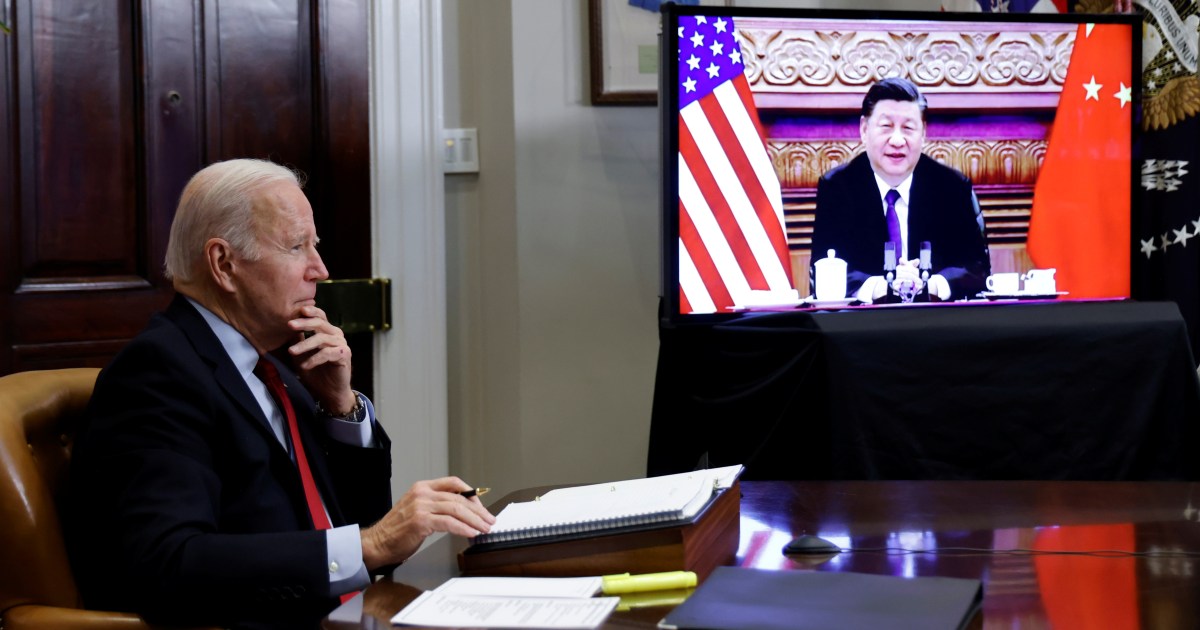IDR Blog
India and the Global Regimes: Bipartisan Consensus can Make Things Move
Even as the politico-strategic impact of UK leaving the European Union (EU) is being assessed, certain new patterns are emerging as regards the global governance of Weapons of Mass Destruction (WMD. While India’s setback at the Seoul Nuclear Suppliers Group (NSG) has caused predictable disappointment, India was formally inducted into the Missile Technology Control Regime (MTCR) on June 27.
It may be recalled that WMD related technology is carefully regulated and controlled by export control regimes and many of these were set up soon after India had carried out its nuclear explosion in May 1974. Both the NSG and the MTCR are part of this architecture for nuclear weapons and long-range missiles are at the core of credible WMD capability.
It has become apparent after the Seoul experience that China was successful in blocking India’s admission into the NSG. Beijing, which joined the NSG, in 2004, has now decided that it will oppose the US-led move to enable India’s WMD profile – a commitment that the Bush administration had made in July 2005 and continued by the Obama administration.
It is instructive to note that China is not a member of the MTCR, but is projecting itself as a champion of nuclear non-proliferation. Yet it is the only nation to have supplied a full-fledged nuclear weapon to another country – Pakistan – ostensibly to contain India within South Asia.
WMD capability has become the benchmark of major power status and a certain degree of strategic autonomy is associated with this capability. Thus, the NPT was formed with 1967 as the cut-off date and the door to the so-called nuclear club was closed after China acquired this capability in October 1964. India chose not to sign this treaty on account of the discrimination that it perpetuated between nations and was the target of many technology control regimes including the NSG and the MTCR.
The admission of India to the MTCR and the support extended by as many as 38 nations in the 48-member NSG at Seoul is illustrative of a certain shift in the global strategic orientation. The US remains the most powerful nation in strategic terms, especially when compared to its nuclear peer is Russia. On the geo-economic front, the US and the EU have a comparable GDP (about USD 16 trillion) and this grouping along with Japan is often seen as the US-led alliance.
During the Cold War, the former USSR was the countervailing superpower and China played a nimble role as a swing-state by being in the Moscow camp first – and then switching sides by improving its relations with the USA. This was in many ways the basis for the rapid techno-economic rise of China.
The USA encouraged Beijing to join the global WMD regimes after the end of the Cold War and followed the tenet of accommodating a rising power. Hence China which was disparaging of the NPT as a piece of ‘worthless paper’ signed the NPT in 1992. Yet, it continued to ‘cheat’ and enabled both North Korea and Pakistan to become satellite WMD states.
In the intervening decades, India began its own economic and security liberalization and three major events took place. First, the economic and trade liberalization that began with Prime Minister P V Narasimha Rao, the May 1998 nuclear tests that gave India a certain strategic autonomy, and finally the September 2008 exceptional status accorded to India by the NSG.
Thus, India with its relatively smaller GDP (USD 2 trillion) is now emerging as a credible swing-state in the global strategic framework. This is accentuated by the rise of China and the assertiveness associated with it (for example South China Sea); the turbulence of Brexit and the dilution of the profile of the EU and the possibility of Russia moving closer to China due to economic and fiscal compulsions.
The US is going through its own Brexit kind of transmutation and the likelihood of candidate Trump becoming President Trump in January 2017 cannot be discounted. In the event of such an exigency, it is likely that there will be many discontinuities in how the US orients itself as regards global governance and greater turbulence can be expected.
Under these circumstances, it is prudent that the Modi government has pursued the objective of joining the WMD regimes formally, since being ‘in-the-tent’ as a member offers greater collateral advantages than being an outsider who is at best ‘accommodated.’
While the NSG and the Seoul experience may be a tactical setback, it has been a valuable learning experience for the Modi government – about how much visibility to accord to such diplomatic initiatives. And it would be in the larger national interest if there is some bipartisan consensus among the major political parties about such matters – and a zero-sum game approach is not resorted to.
The BJP which was deeply critical of every move made by the UPA is now facing the same kind of criticism. This does the national cause and image little good. Can admission to the MTCR be uniformly welcomed by the treasury and opposition benches in the coming monsoon session of Parliament?
Courtesy: http://southasiamonitor.org/detail.php?type=sl&nid=17948




